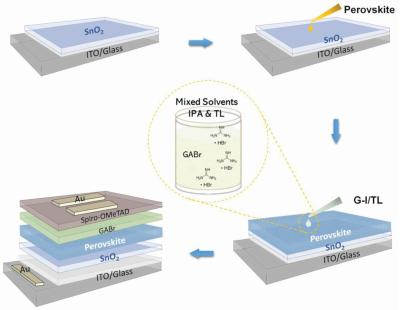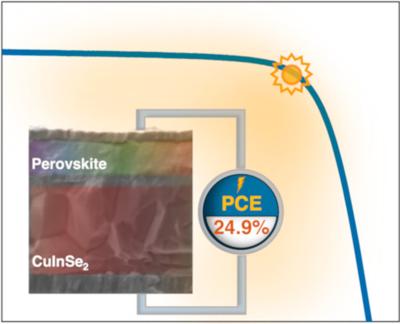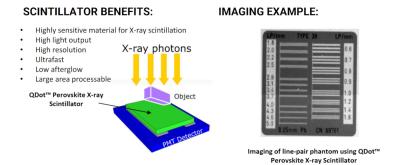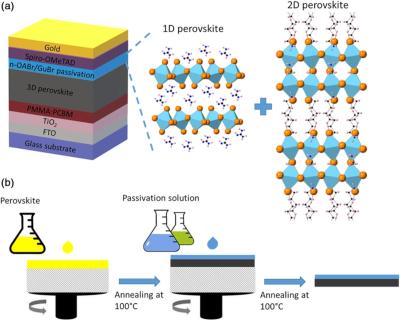Researchers design four-terminal tandem perovskite/CIGS solar cell with 25.5% efficiency
Researchers from Wuhan University and Shenzhen University in China have designed a four-junction tandem (4T) solar cell based on perovskite and copper, indium, gallium and selenium (CIGS), through a novel surface passivation technique that uses guanidine bromide (GABr).
The team tested GABr in mixed solvents combining isopropyl alcohol (IPA) and toluene (TL), which they said can efficiently passivate interface and grain boundary defects by minimizing the IPA solubility of the perovskite surface. They compared the mixing of IPA with ethyl acetate (EA), chlorobenzene (CB), and toluene (TL) to dissolve GABr, and further optimized the concentration of GABr and the mixing ratio of the two solvents.





